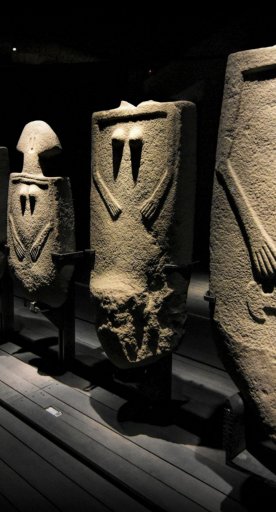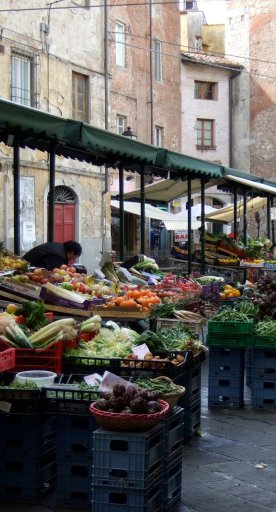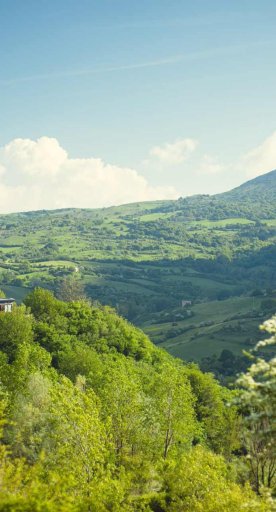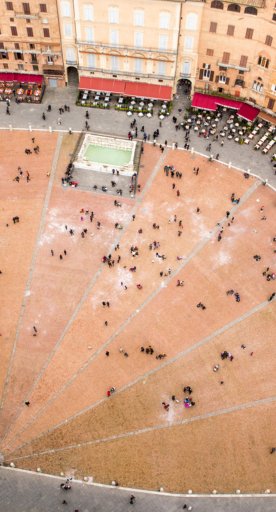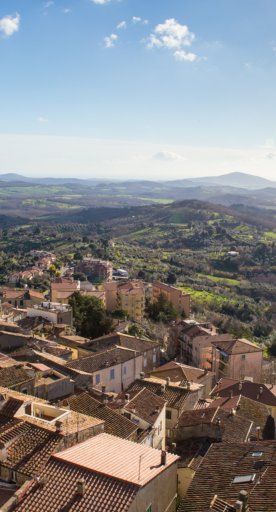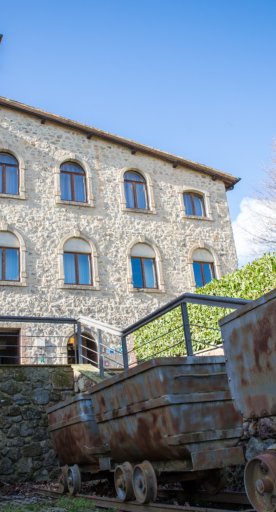
The zebra-striped churches of Pistoia
Walk through the historic center among the city’s most iconic buildings
Romanesque architecture developed a distinctive character in Pistoia: the pronounced two-tone green-white color effect achieved by using white Carrara marble and green "serpentine" marble from Prato.
Between the 12th and 13th centuries, also thanks to the arrival of the precious relics of Saint James from Santiago de Compostela, still kept in the Cathedral of San Zeno, Pistoia went through a period of flourishing rebirth, during which many medieval churches were enlarged and redesigned according to the canons of Romanesque style.
These beautiful coverings are now a captivating reminder for those visiting the city.
-
1.Church of Sant’Andrea
-
2.Church of San Giovanni Fuorcivitas
-
3.Church of San Francesco
-
4.Cathedral of San Zeno and Baptistery of San Giovanni in Corte
-
5.Church of San Bartolomeo
-
6.Church of San Pier Maggiore
-
7.Church of San Paolo
Church of Sant’Andrea
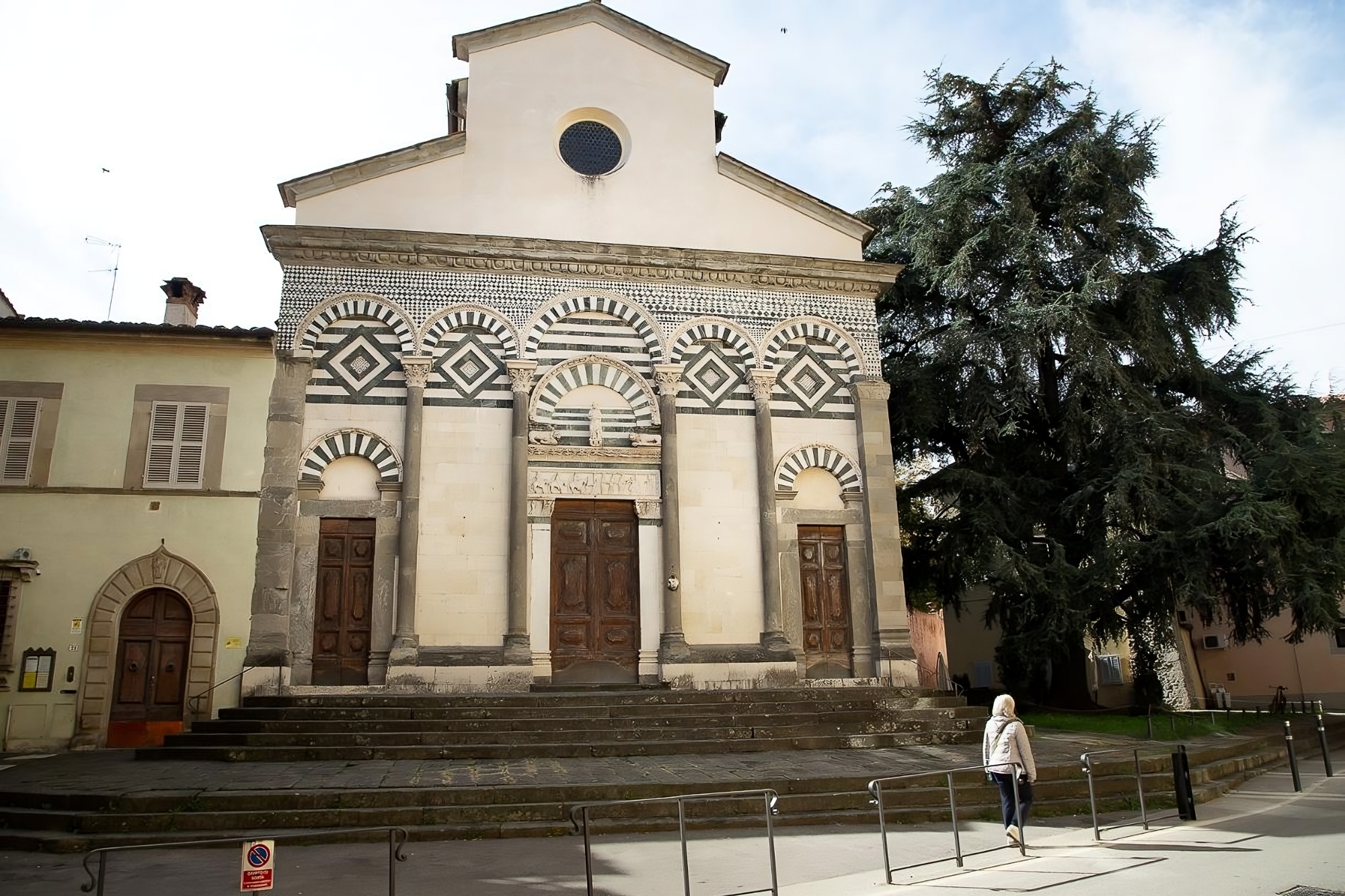
It was built around the 8th century along a route frequented by pilgrims who came to the city from the mountains or resumed their journey to the Apennine passes after visiting the places of worship of Saint James. Today, it is the result of work carried out mainly between the 12th and 13th centuries.
The portal, framed by a two-tone arch, features a statue of the apostle Andrew, while the architrave is engraved with Il viaggio dei Re Magi (The Journey of the Three Wise Men), considered the first pilgrims in Christian history, a work by Gruamonte and Adeodato.
Church of San Giovanni Fuorcivitas
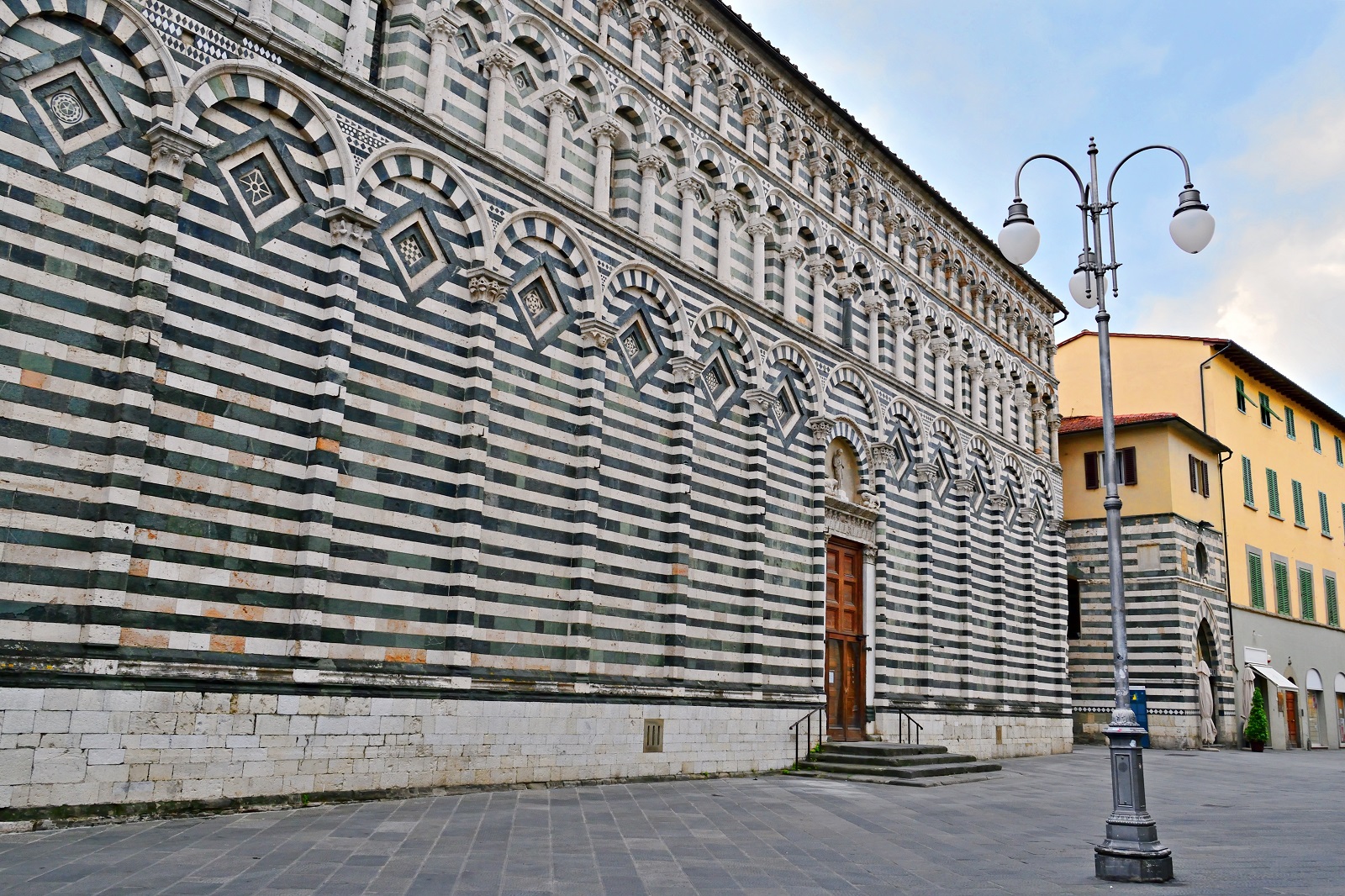
The name fuorcivitas is evidence of the fact that, at the time of its founding, the church was located outside the first circle of walls, while today it is a must-see for anyone visiting the historic town center.
It took on its current appearance between the 12th and 14th centuries, with its elegant green and white façade, one of the highest points reached by Romanesque art and Pistoia’s architecture.
Inside, you will find some of the most significant works of Pistoia's artistic heritage, such as the pulpit by Fra Guglielmo da Pisa, dated 1270, and the Visitazione (Visitation) by Luca della Robbia.
Church of San Francesco
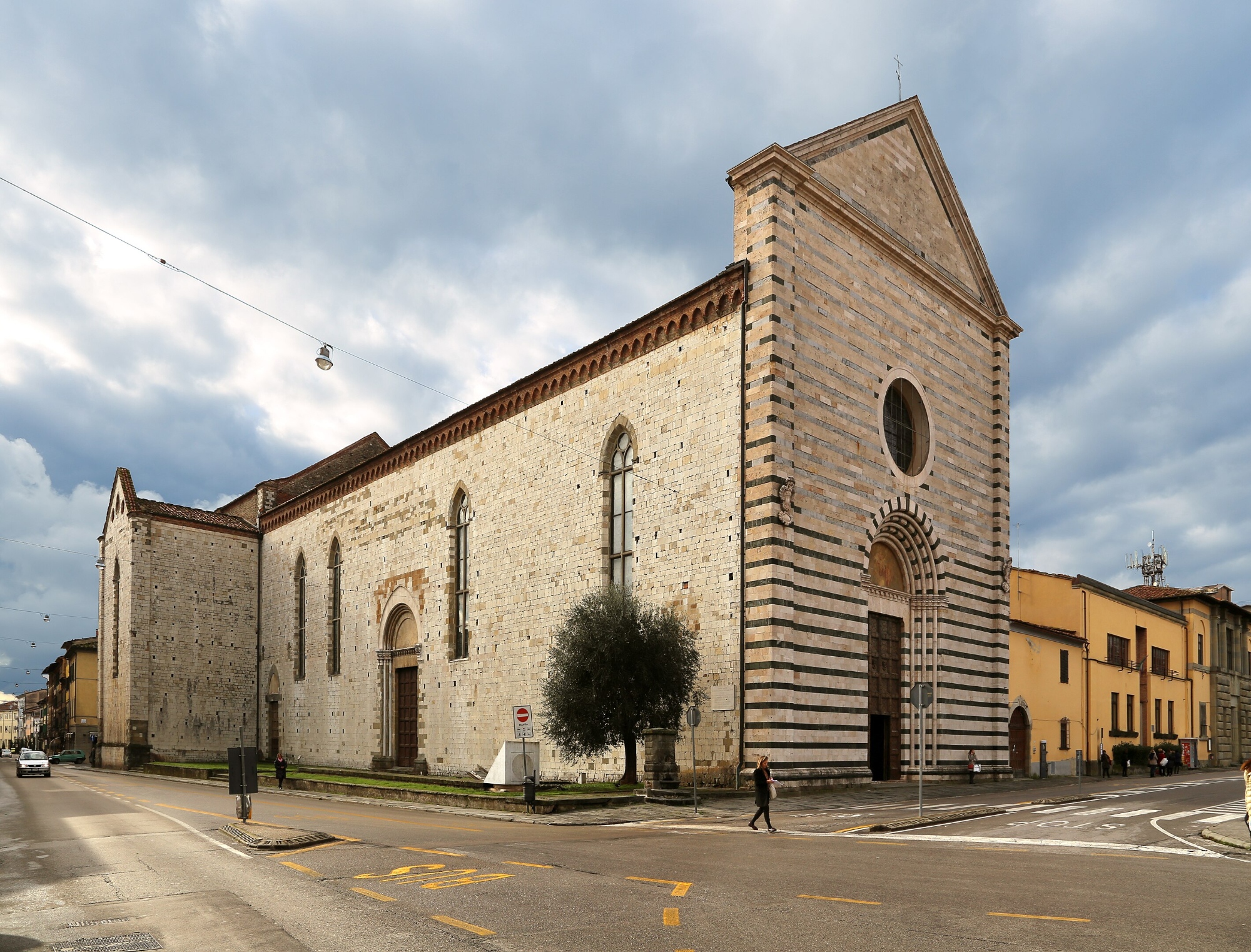
The present-day complex, built on the pre-existing Church of Santa Maria al Prato, was founded by the Franciscan Friars in the first half of the 13th century and is the result of extension work that began at the end of the 12th century and continued until the early 18th century.
The two-tone green-white color scheme stands out on the imposing façade, while the wooden truss roofing inside brings to mind that of the great Franciscan churches in Florence. Among the 14th-century frescoes, you can admire a large series of paintings in the main chapel, dedicated to the Stories of St. Francis.
Cathedral of San Zeno and Baptistery of San Giovanni in Corte
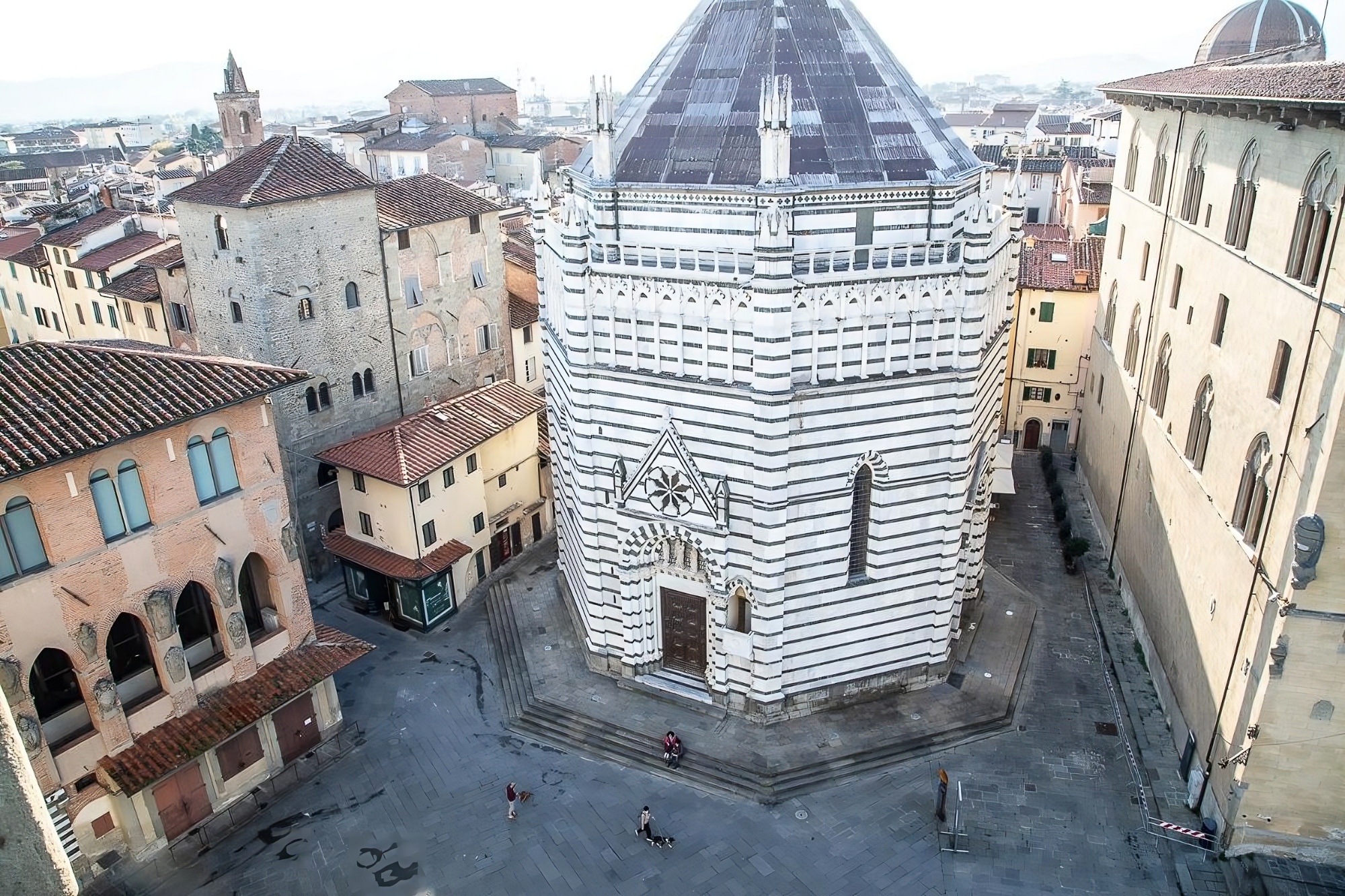
The Cathedral of San Zeno is one of the architectural jewels that enrich the Cathedral Square. It was first mentioned in 923, but its current appearance is the result of the numerous transformations that it underwent over the centuries. The façade is characterized by the typical elements of Romanesque style in Pistoia. Inside, there are numerous works of art linked to the history of the city and the worship of Saint James, patron saint of Pistoia, such as the Silver Altar and Ghiberti's reliquary.
Opposite the Cathedral is the Baptistery of San Giovanni in Corte, rebuilt in the first half of the 14th century. The building combines the typical two-tone white-green Romanesque style with elements of Gothic architecture, such as small pointed arches and pinnacles.
Church of San Bartolomeo
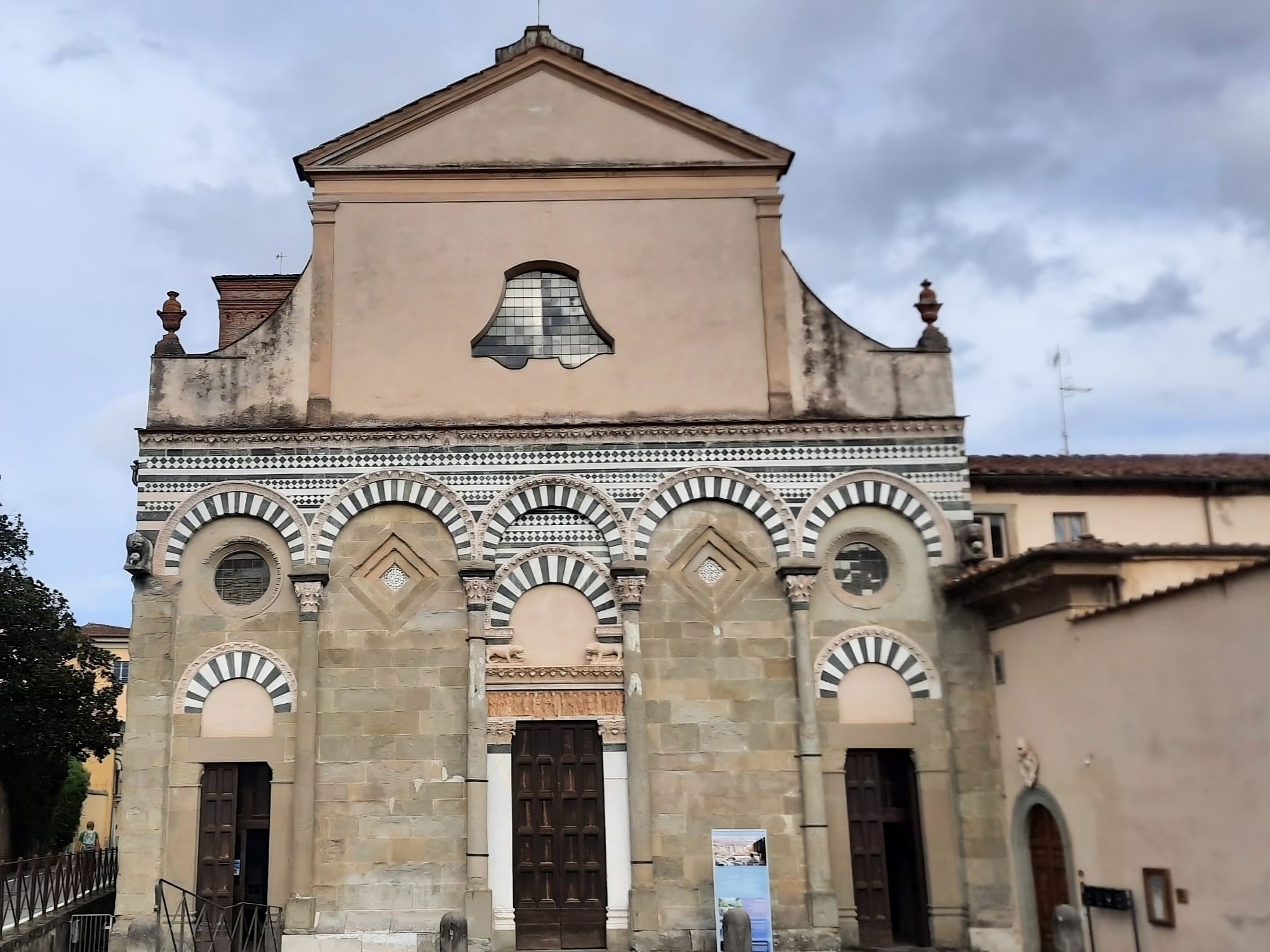
The church was founded in the 8th century and renovated in the mid-12th century. It reflects the characteristics of Pistoia's ecclesiastical architecture, with the lower façade in Romanesque style and the upper part featuring a more curved outline and an unusual bell-shaped window.
The introduction of the custom of anointing children's foreheads on August 24, St. Bartholomew's Day, comes from the Lateran Canons of the Order of St. Augustine, also known as Rocchettini, present in the church since 1433. This is still a very heartfelt tradition in Pistoia, where, in addition to performing the anointing, children are celebrated with sweets and toys on the saint's day.
Church of San Pier Maggiore
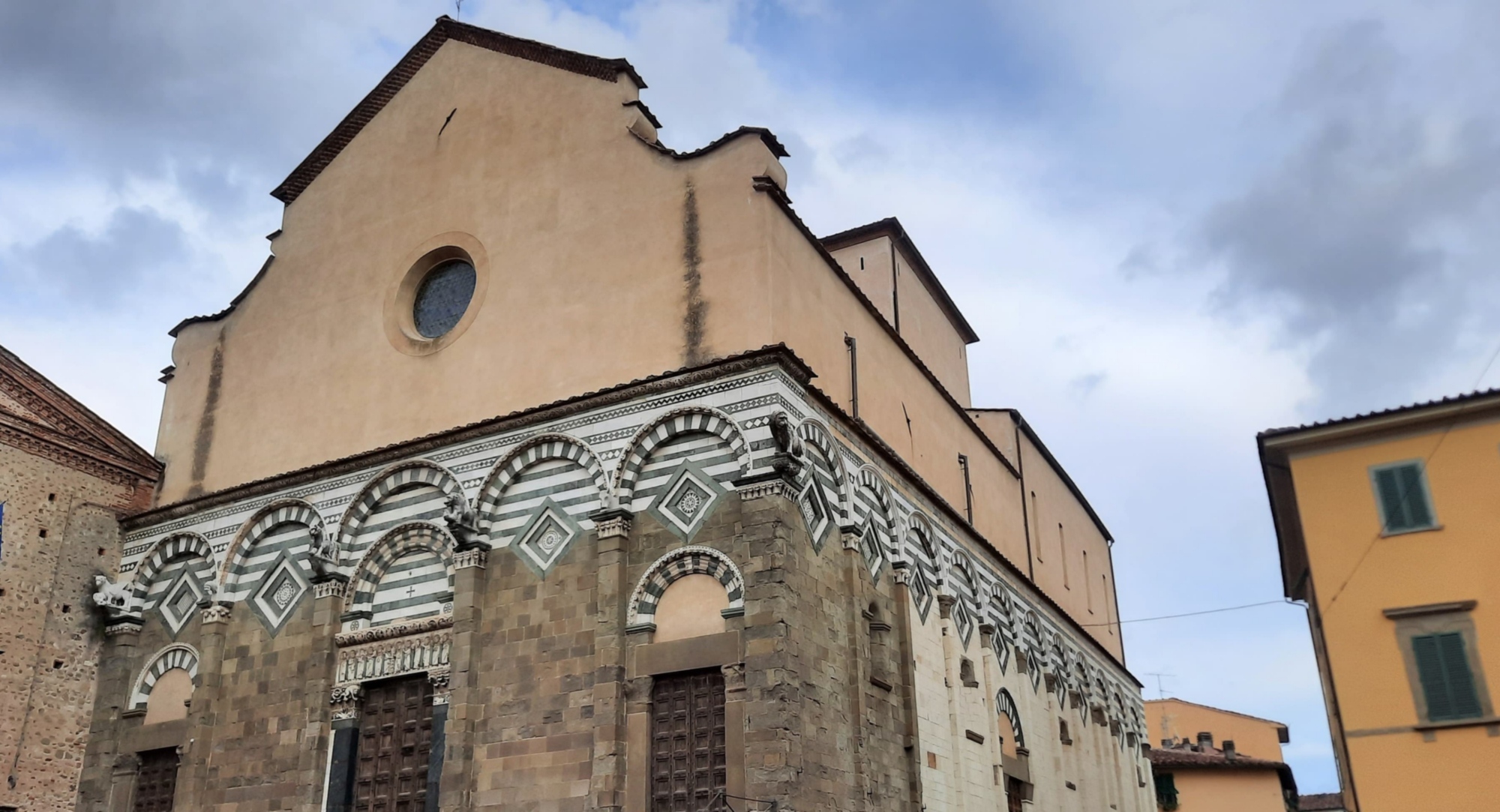
The church was probably founded in Lombard times and has Romanesque forms, following the style of the churches in Pistoia. Next to it is the 19th-century convent, now home to the Policarpo Petrocchi Arts High School.
The church, now deconsecrated, is often remembered because it hosted "the Bishop's marriage"or "mystical marriage", a ritual celebrated on the occasion of a new bishop taking over the city.
Church of San Paolo
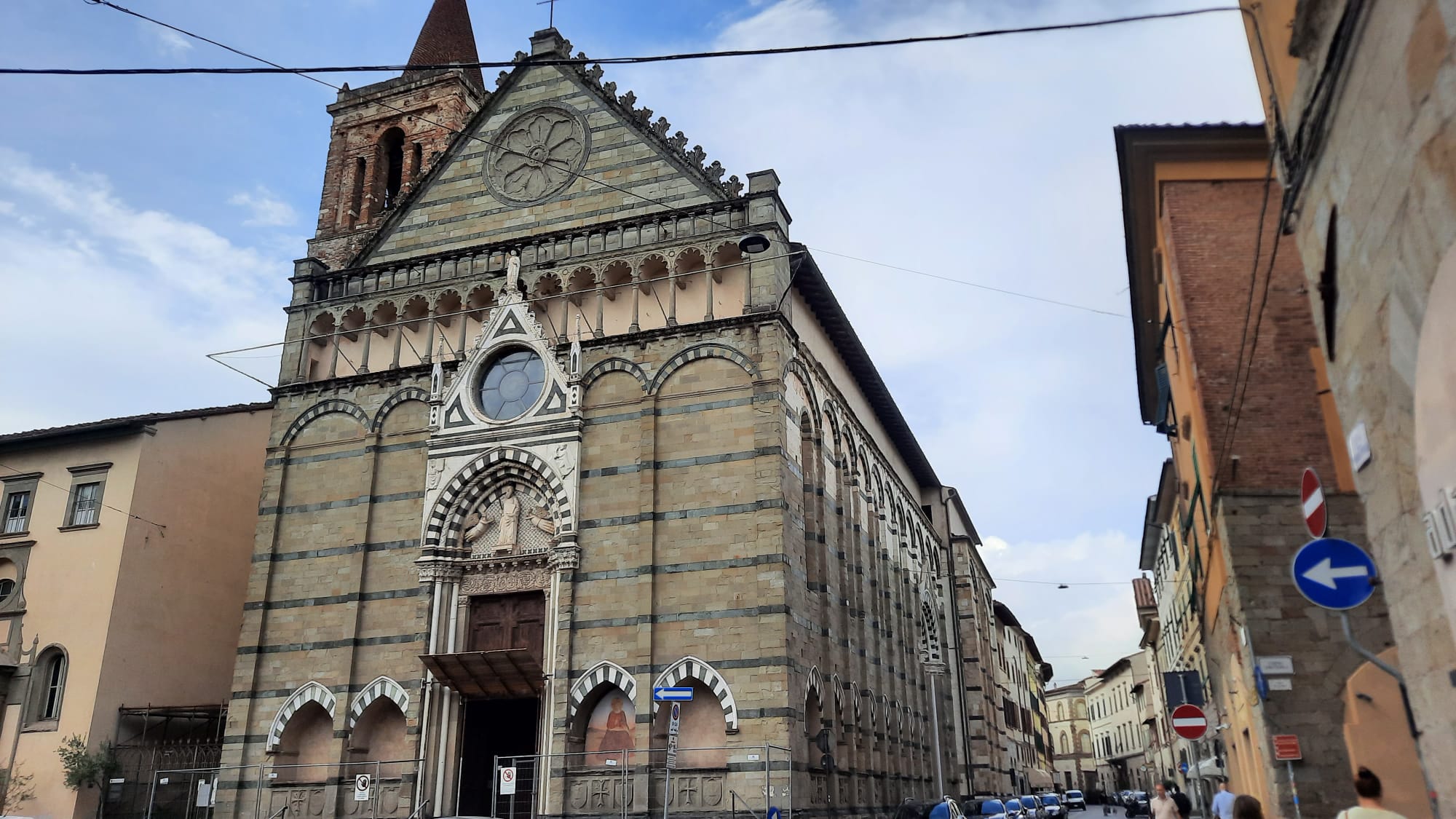
The church was founded around the 10th century and was rebuilt in its present form in the 12th century. The slender façade features two-tone blind arches joined to Gothic elements, such as the cuspidated portal. The interior has undergone renovations, refurbishment, a fire in 1895 and damage during World War II.













